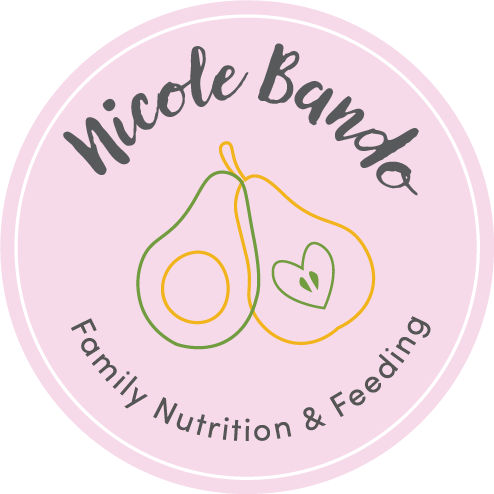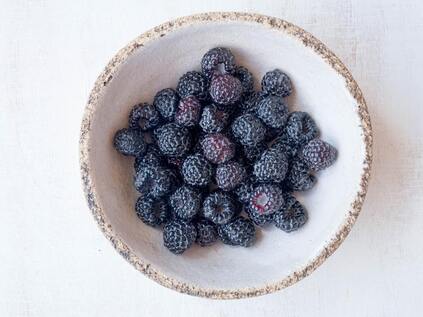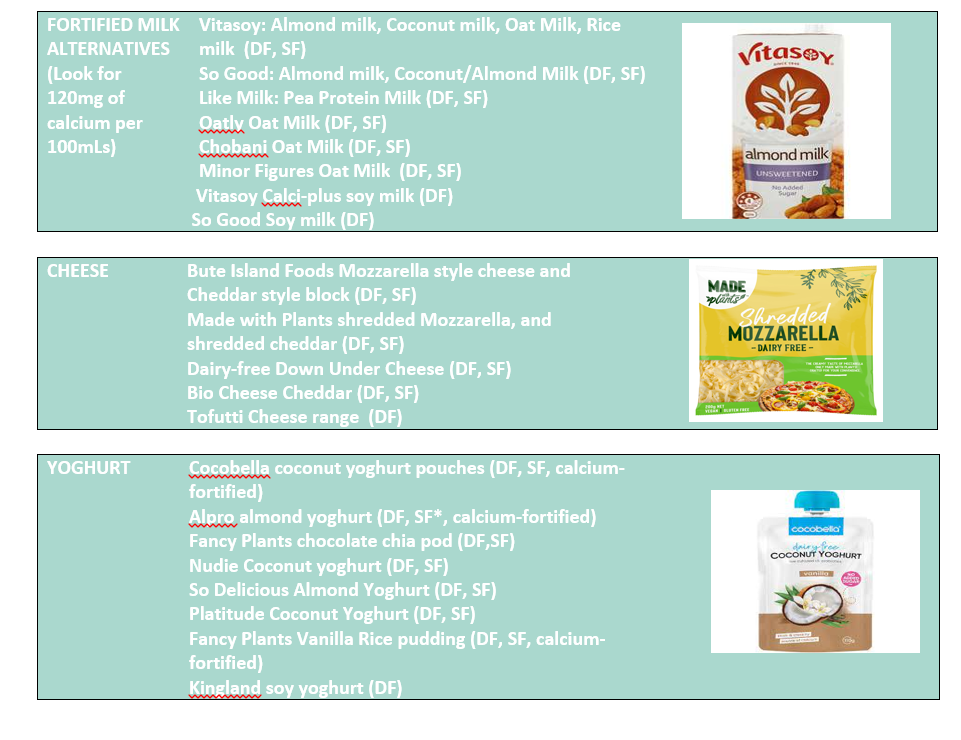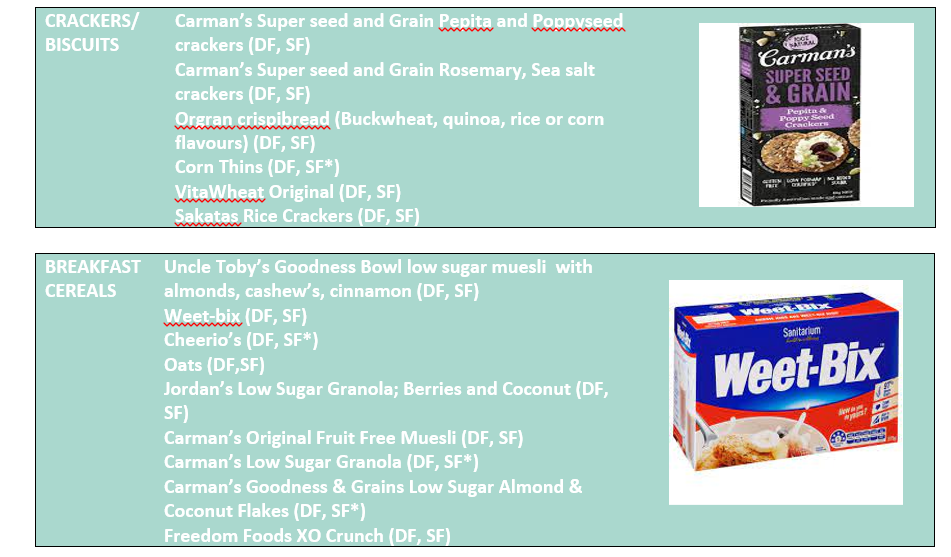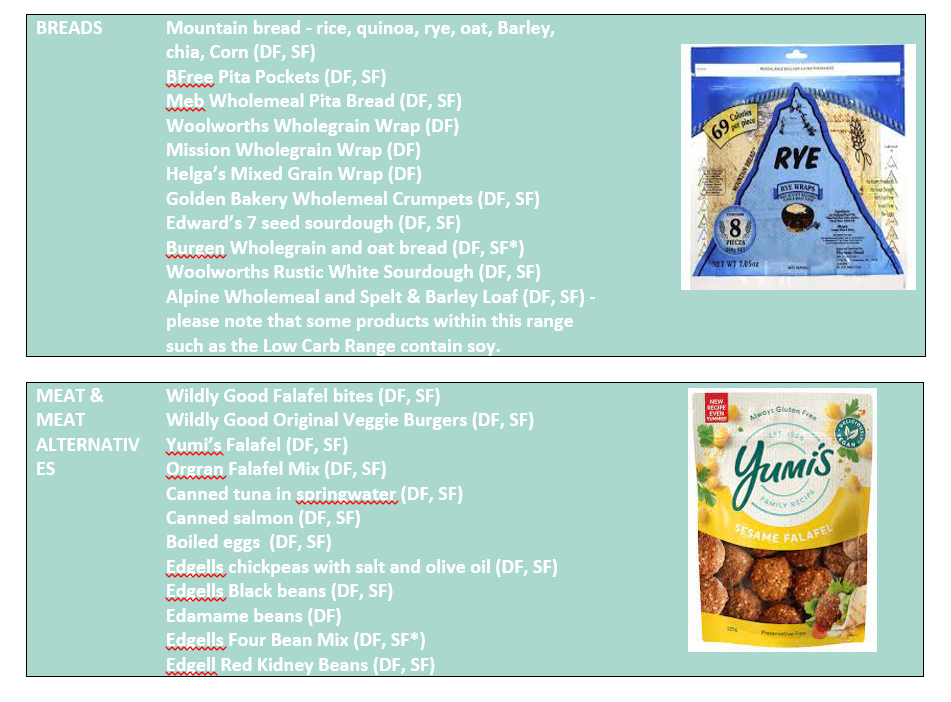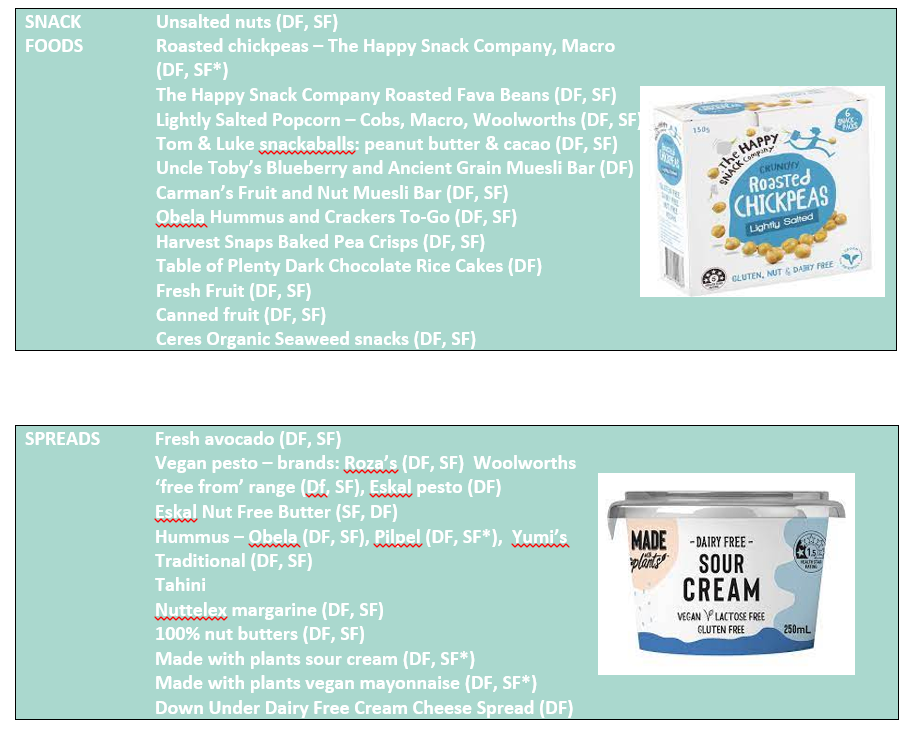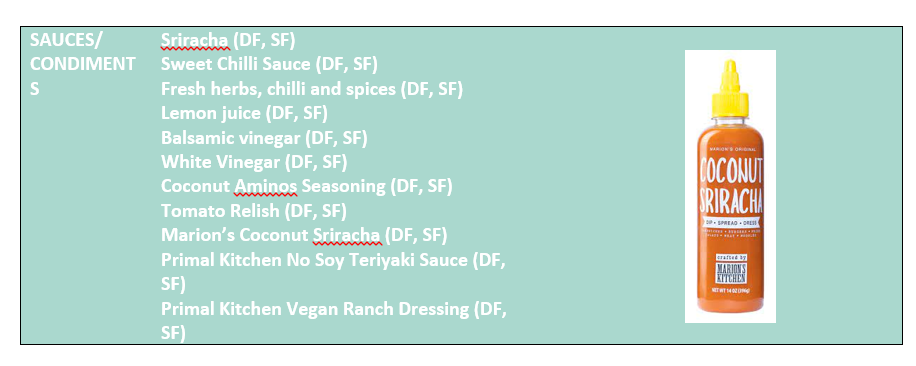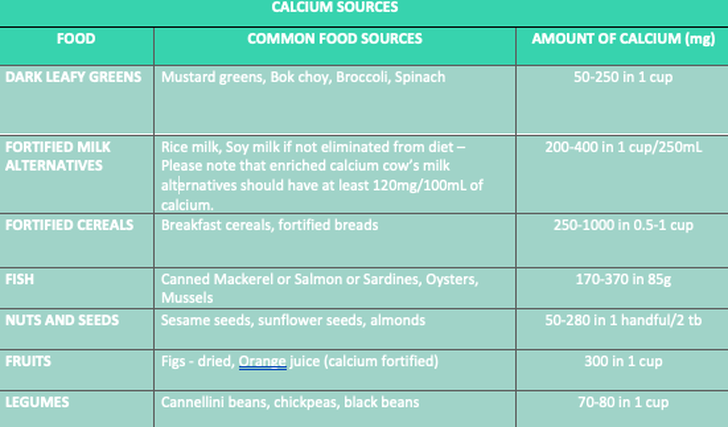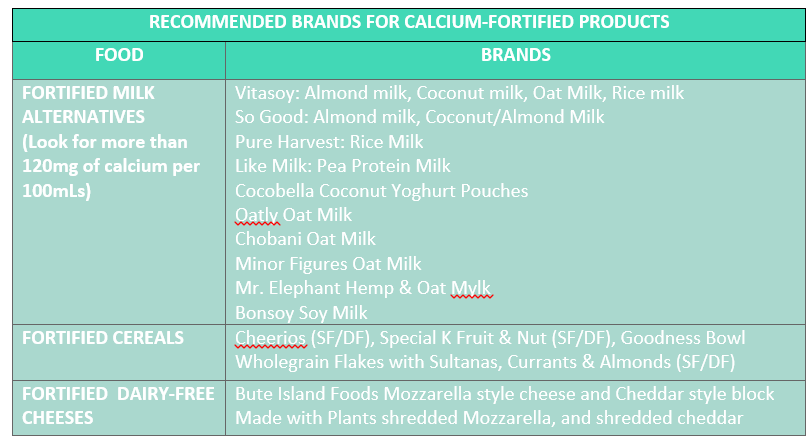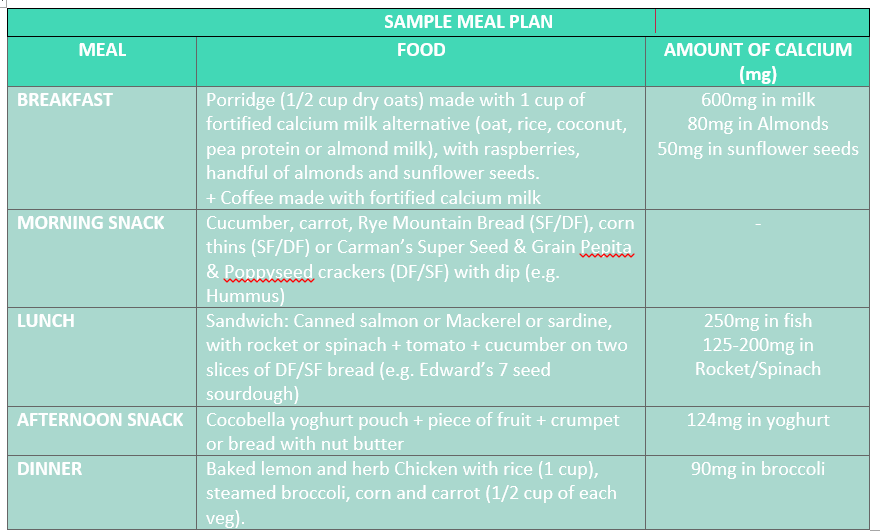
Dairy is a common allergy in babies. In Australia and New Zealand, more than 2% of infants are allergic to cow’s milk protein. Mild or moderate signs of a dairy allergy include:
– Swelling of lips, face, eyes
– Hives or welts on the skin
– Stomach pain
– Vomiting
– Diarrhoea
Severe rapid onset allergic reaction (anaphylaxis): This reaction is life threatening, and immediate medical attention should be sought by calling 000.
– Noisy breathing
– Wheezing
– Swelling or tightness in throat
– Young children may be pale and floppy
Delayed reactions to cow’s milk and other dairy foods can occur, and reactions usually occur hours or days after consuming dairy.
Symptoms may include:
– Eczema
– Delayed vomiting
– Diarrhoea
– Blood in the stool
Lactose intolerance is caused by the lack of the enzyme, lactase, which helps to digest the milk sugar, lactose. It commonly occurs after the age of 5 years.
Symptoms of a lactose intolerance include:
– Vomiting
– Diarrhoea
– Stomach pain
– Gas (wind or bloating)
These symptoms are uncomfortable but are not life threatening. Lactose-free dairy is the best alternative. Very rare lactase insufficiency in babies can present as very poor growth, severe diarrhoea and is a medical emergency.
Secondary lactose intolerance: may occur due to conditions such as gastroenteritis, which damages the gut lining and will resolve once the virus passes. Lactose intolerance can also present with a new diagnosis of coeliac disease; once treated, it will resolve.
Functional lactose overload: may occur in breastfed babies who are receiving large amounts of lactose-rich milk, often in a case of over-supply. This can be managed with the right breastfeeding support, there no need to stop breastfeeding or switch to a lactose-free formula.
If you notice any of the above symptoms in your child, it is important to speak to your doctor, dietitian or lactation consultant, so the appropriate action may be taken.
For up-to-date, evidenced based information on allergies, check out the Australasian Society of Clinical Immunology and Allergy (ASCIA) website: https://www.allergy.org.au/
By Emma McShane, Dietitian, edited by Nicole Bando (APD, IBCLC), November 2022
